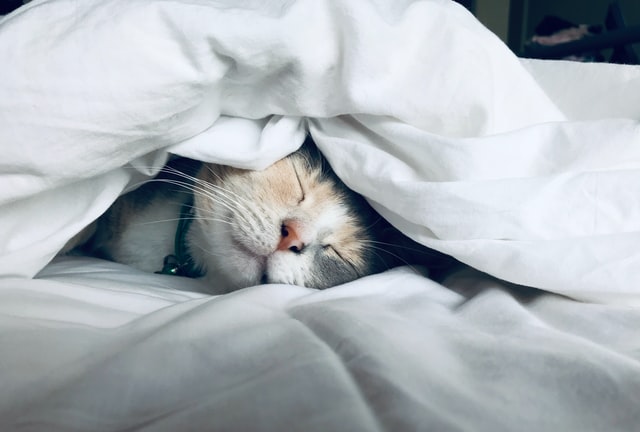There are more Bole new teachers in our country, where the inferior breed of cats from all over the world gets. Together with them, we get rare and unprecedented diseases, Coronavirus in cats which we have not found before. One of them is severe coronary angioplasty. What is this disease, and how can we fight such a magnificent alien?

Table of Contents
Coronavirus in cats – symptoms
This virus is spherical in the tiniest particles, with only about one-thousandth of a thousandth of a millimeter in diameter. It causes calcium infectious diseases and coronary artery bypass grafting. Fortunately for us, they are harmless, but for pets, they can be fatal.
CNS cancer. Can often find this type of coronavirus in kittens; small animals are susceptible to the disease. It all starts with vomiting, which is accompanied by diarrhea. It is because the disease affects the lining of the intestines. For a long time, even recovering creatures continue to be carriers of infections. However, after 2-4 days in general, recovery will occur if the animal is not too weak.
The culture period of coronavirus can last for about 2-3 weeks. This disease starts suddenly and very often leads to death. The virus can destroy white blood cells, which opens the way for other infections. The body temperature rises, the stomach is swollen, the animal loses appetite, becomes slow, and loses weight. There are two types of infectious peritonitis – dry and wet. With wet form, fluid accumulates in the abdomen or chest. When it is dry – it cannot collect the fluid, but the kidneys, lymph, liver, pancreas, eyes, brain, or spinal cord are affected. The symptoms of the disease may coincide with jaundice. It almost always increases the spleen. Maybe the appearance of cough, hoarseness, shortness of breath. When the infection affects the brain, there is paralysis, seizures, changes in behavior. Occasionally, no apparent clinical signs are observed in animals when the disease progresses in latent form.
Coronavirus in cats – treatment
Unfortunately, no good treatment has been found for such dangerous diseases—short-term recovery results in aspiration (excretion) of ascites fluid and prednisolone use. Antiviral drugs (ribavirin) or immunosuppressants effectively prevent disease, but they are not as effective in treatment. Usually, remove the fluid, use a diuretic. Then, apply Lasix, triglycerides, hypo thiazide, ammonium chloride, veroshpirone, and hexamethylenetetramine. In rare cases, the animals live off, but this does not mean that they completely get rid of the presence of the virus in the body.
Coronavirus prophylaxis
This virus does not tolerate high temperatures or soap. On a dry surface, it can be expected and maintain the ability to infect for 2-3 days. A possible source of infection can also be dogs. All cats that have been in contact with sick animals should be kept under constant supervision. Do the following:
- Do not store more than 10 animals in the same room or house.
- Disinfect and change toilets more often;
- Maximum one tray in two animals;
- Isolate for 2 months a woman giving birth with children from other cats;
- Monitor quarantine for newcomers;
- If the cat is suspected of being ill, the kittens are isolated and constantly cared for.
All prevention consists of compliance with specific hygiene measures and full feeding of their cats. The vaccine against coronary angioplasty in cats called Primucel FIP was manufactured and licensed in the United States and Europe. In most cases, the drug protects against infections, but in some cases, it sometimes leads to more severe illness. Constant efforts to create excellent and safe medicines in our country and the West do not stop.
